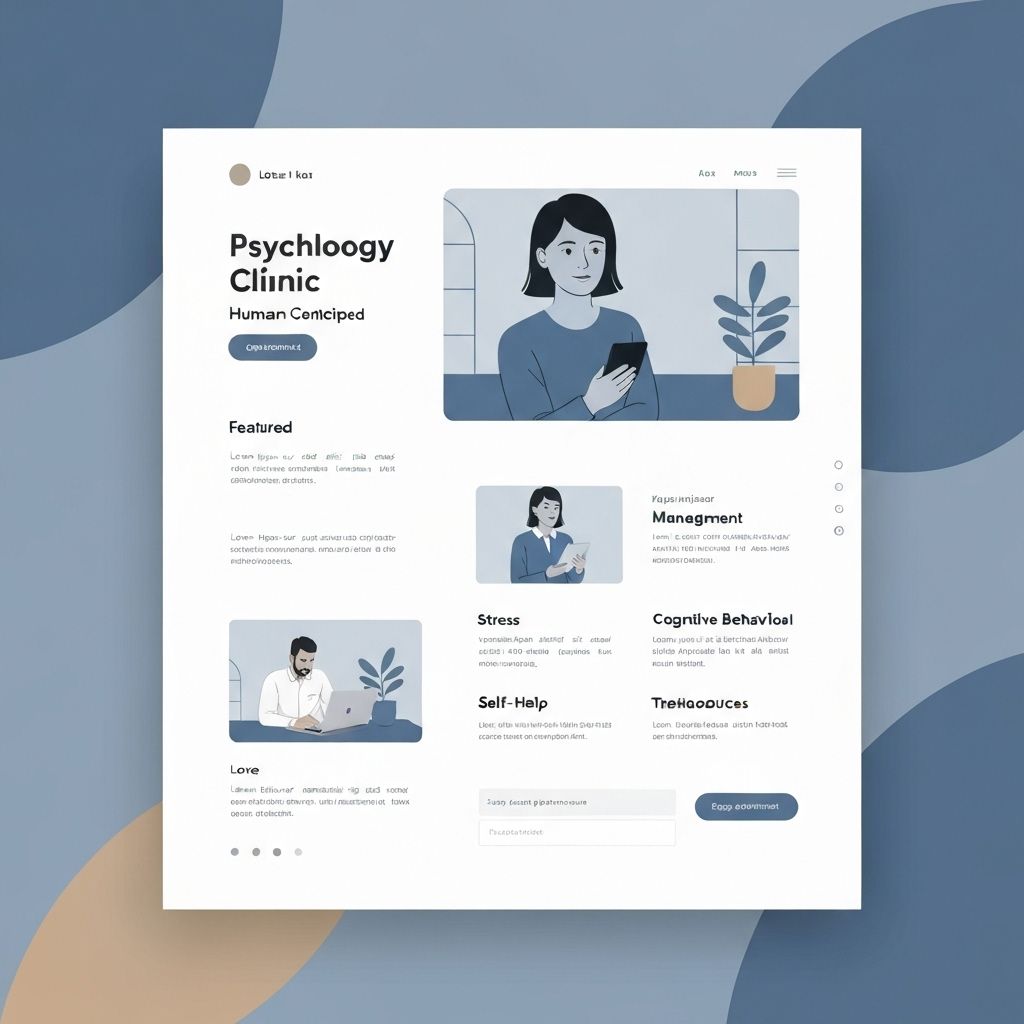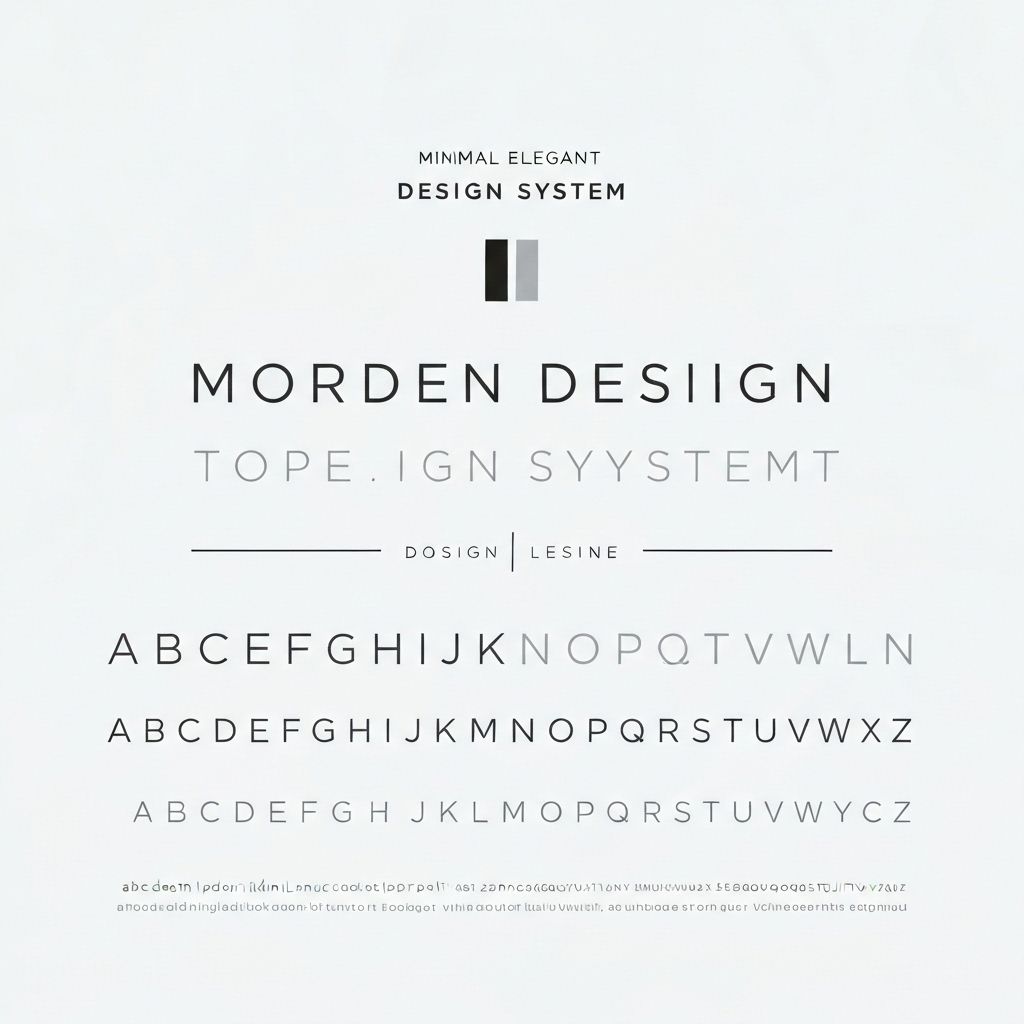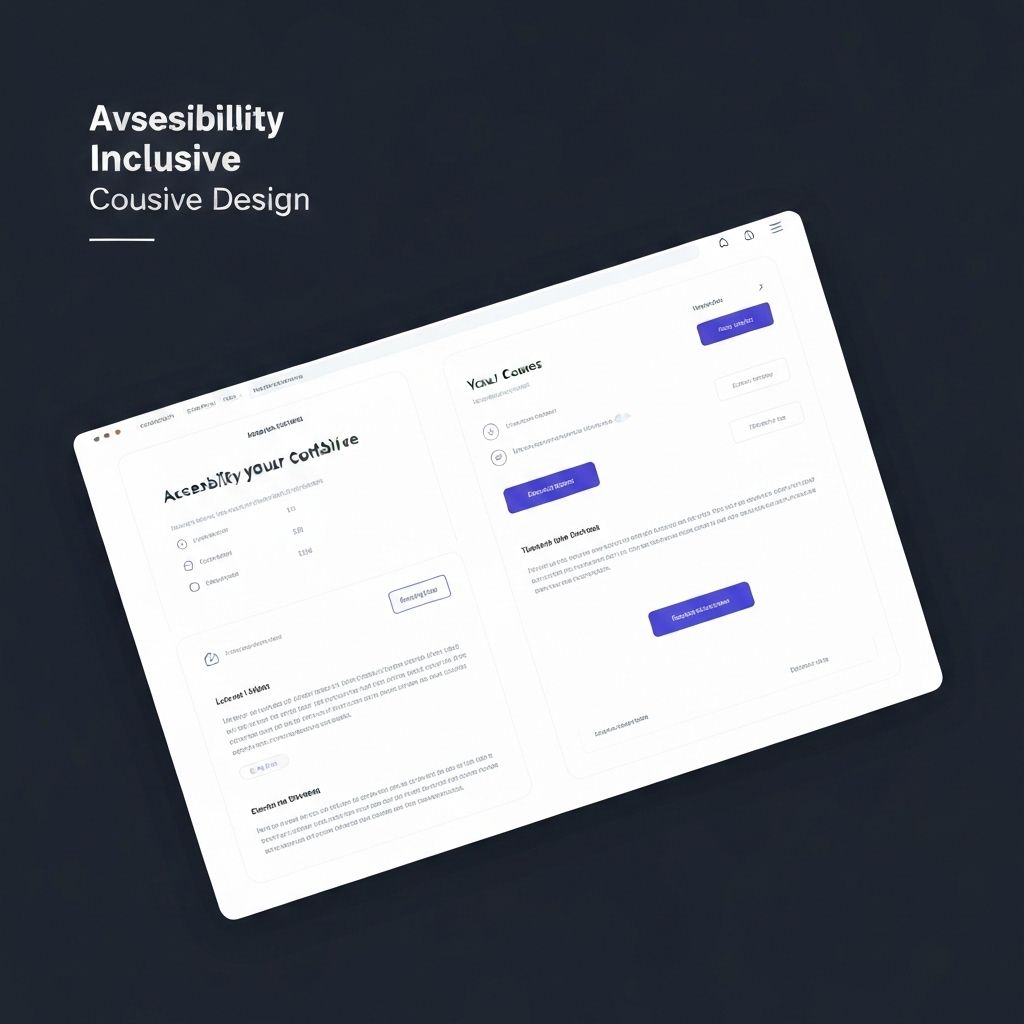Accessibility isn't about checking boxes or avoiding lawsuits. It's about building products that everyone can use, regardless of ability. About 15% of the world's population has some form of disability. That's over a billion people. Building accessible products isn't just ethical—it's good business. Let's go beyond compliance and build truly inclusive experiences.
Screen Reader Optimization
Screen readers are how many blind and low-vision users navigate the web. Optimizing for them requires understanding how they work.
Semantic HTML
Use the right HTML elements. <button> for buttons, not <div onclick>. <nav> for navigation, not <div class='nav'>. <main> for main content. <article> for articles. <aside> for sidebars. Semantic HTML provides structure that screen readers use to navigate. It's the foundation of accessibility.
ARIA When Needed
ARIA (Accessible Rich Internet Applications) fills gaps in HTML semantics. Use aria-label to provide accessible names. Use aria-describedby for additional context. Use aria-live for dynamic content updates. But remember: the first rule of ARIA is don't use ARIA. If you can use semantic HTML instead, do that.
Focus Management
When you open a modal, move focus to it. When you close it, return focus to the trigger. When you delete an item, move focus to the next item or a logical alternative. Screen reader users navigate by focus, so managing it properly is crucial. Never remove focus outlines without providing an alternative visual indicator.
Keyboard Navigation
Many users can't or don't use a mouse. Your interface must be fully keyboard accessible.
Tab Order
Tab order should follow visual order. Users should be able to tab through interactive elements in a logical sequence. Avoid tabindex values greater than 0—they create confusing tab orders. Use tabindex='-1' to make elements programmatically focusable without adding them to the tab order. Test your site with only a keyboard—if you can't access everything, neither can keyboard users.
Keyboard Shortcuts
Implement keyboard shortcuts for common actions. But make them discoverable and customizable. Use standard shortcuts when they exist (Ctrl+S for save, Ctrl+Z for undo). Avoid single-key shortcuts—they can trigger accidentally. Provide a keyboard shortcut reference (often accessible via '?'). Let users customize or disable shortcuts.
Cognitive Accessibility
Cognitive disabilities affect how people process information. Design for clarity and simplicity.
Clear Language
Use simple, direct language. Avoid jargon and complex sentences. Break long paragraphs into shorter ones. Use headings to organize content. Provide definitions for technical terms. This helps everyone, not just users with cognitive disabilities. Clear writing is good writing.
Consistent Patterns
Use consistent layouts, navigation, and interaction patterns. Put navigation in the same place on every page. Use the same words for the same actions. Consistency reduces cognitive load. Users learn your patterns once and apply them everywhere. Surprises are fun in games, not in interfaces.
Error Prevention and Recovery
Prevent errors when possible. Confirm destructive actions. Provide clear error messages that explain what went wrong and how to fix it. Allow users to undo actions. Save drafts automatically. Make it hard to lose work. These practices help everyone but are especially important for users with cognitive disabilities.
Key Takeaways
True accessibility goes beyond WCAG compliance. It's about understanding diverse user needs and building products that work for everyone. Use semantic HTML and ARIA appropriately. Ensure full keyboard accessibility. Design for cognitive accessibility with clear language and consistent patterns. The result is a product that's not just compliant—it's genuinely inclusive.
Continue Reading
More expert insights on web design and development

The Psychology of High-Converting Landing Pages
Understanding cognitive biases, visual hierarchy, and persuasion principles that drive user action. A deep dive into the psychological triggers that separate 2% conversion rates from 15%.

Core Web Vitals: The Complete Technical Guide
Master LCP, FID, and CLS optimization with advanced techniques. From image optimization to JavaScript splitting, learn how to achieve perfect Lighthouse scores.

Typography Systems for Digital Products
Building scalable type systems with modular scales, fluid typography, and variable fonts. How to create visual hierarchy that guides users effortlessly.

